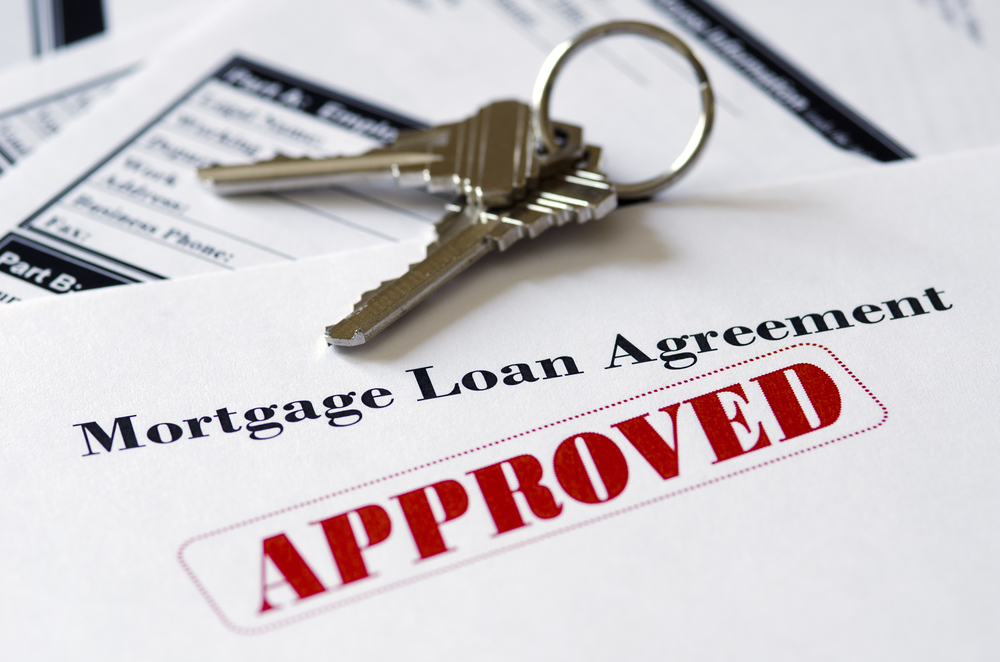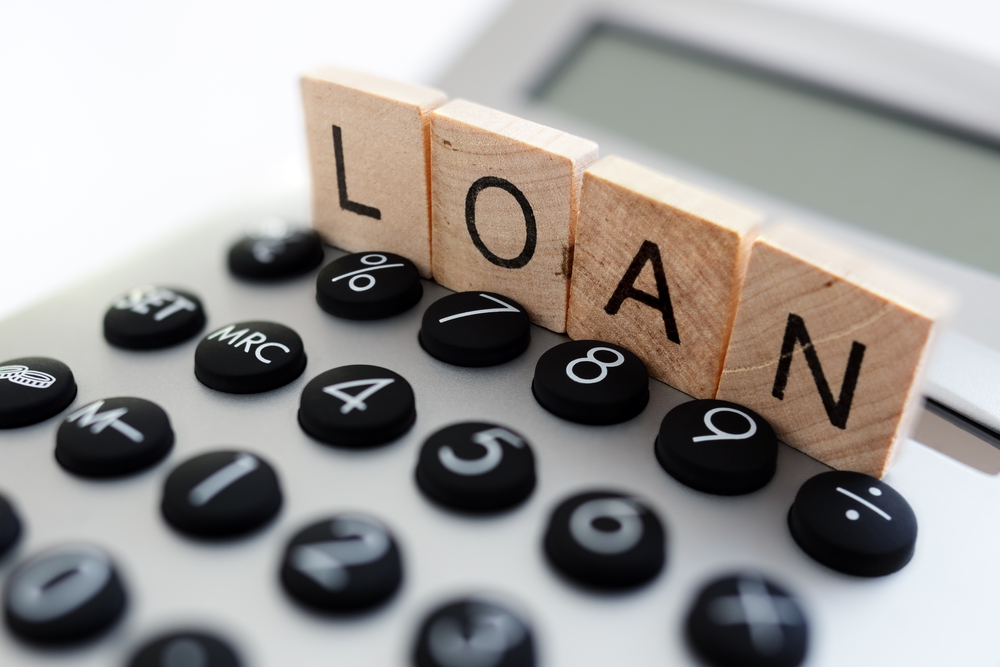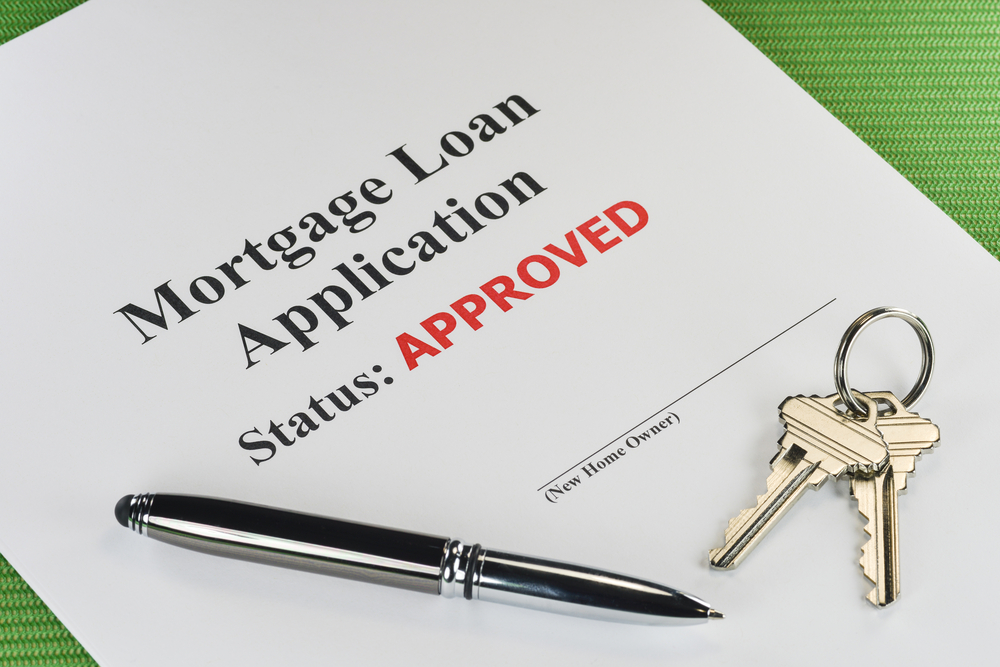One of the ways lenders are helping homeowners keep their homes is through loan modification. This is a process in which the terms of your mortgage loan are modified to make your payments easier. It’s not refinancing because you don’t get a new loan, but the goal is to reduce your payments so you can afford them.
The Federal government has a Home Affordable Modification program in which lenders can voluntarily participate. If you meet certain criteria, you may be able to take advantage of the program.
How Loan Modification Works
Loan modification does one of three things (and sometimes a combination of all three) to reduce your monthly payment. Your interest rate may be reduced, your loan term can be extended, or part of your principle may be delayed until later.
The goal is to make your mortgage payment 31% of your monthly gross income. That is your income before taxes are taken out. For example, if your monthly gross income is $3,000 loan modification would aim to bring your monthly mortgage payment below $930.
Qualifying for Loan Modification
To qualify for loan modification, you typically have to be late on your mortgage payments. This means your credit has already been affected and you’d have trouble qualifying for a refinance even if you did apply. If you’re already current on your mortgage payments, the lender may advise you to skip a payment so you can qualify for the loan modification. This isn’t a guarantee that you will qualify, so beware that your credit can be affected.
Your current mortgage payment must exceed 31% of your gross income. This includes your mortgage payment, taxes, homeowners insurance and even homeowners association fees.
The government’s loan modification program requires your mortgage to have originated before January 1, 2009. The loan must be on a primary residence that’s less than 4-unit property. You must live on the property secured by the loan to qualify for loan modification.
Applying for a Mortgage Loan Modification
Getting a loan modification may be as intense of a process as getting the loan itself. You’ll need to have a copy of your mortgage statement, pay stubs that can be used to verify your monthly income, your tax return, statements for any second loans, and payment amounts for your other debt obligations, e.g. credit cards, student loans, etc. The lender may need a statement from you explaining why you’re having trouble making your mortgage payments.
Once you’re qualified for loan modification, the lender will put you on a three-month trial with your new mortgage payments. If you successfully make all three payments on time, then your mortgage will be modified. During the application and trial period, your lender shouldn’t foreclosure on your home, even if the foreclosure process has already started. Contact your mortgage servicer immediately if you’re the foreclosure process goes forward while you’re being considered for a loan modification.
Ask your lender if they participate in the loan modification program to find out whether you can apply and get more details on qualifications.







